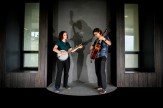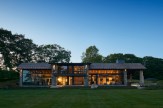This designer has Boston’s seal of approval
By redesigning city seals, Sebastian Ellington Flying Eagle Ebarb wants to show communities the power that design can have in shaping society, when approached collaboratively.
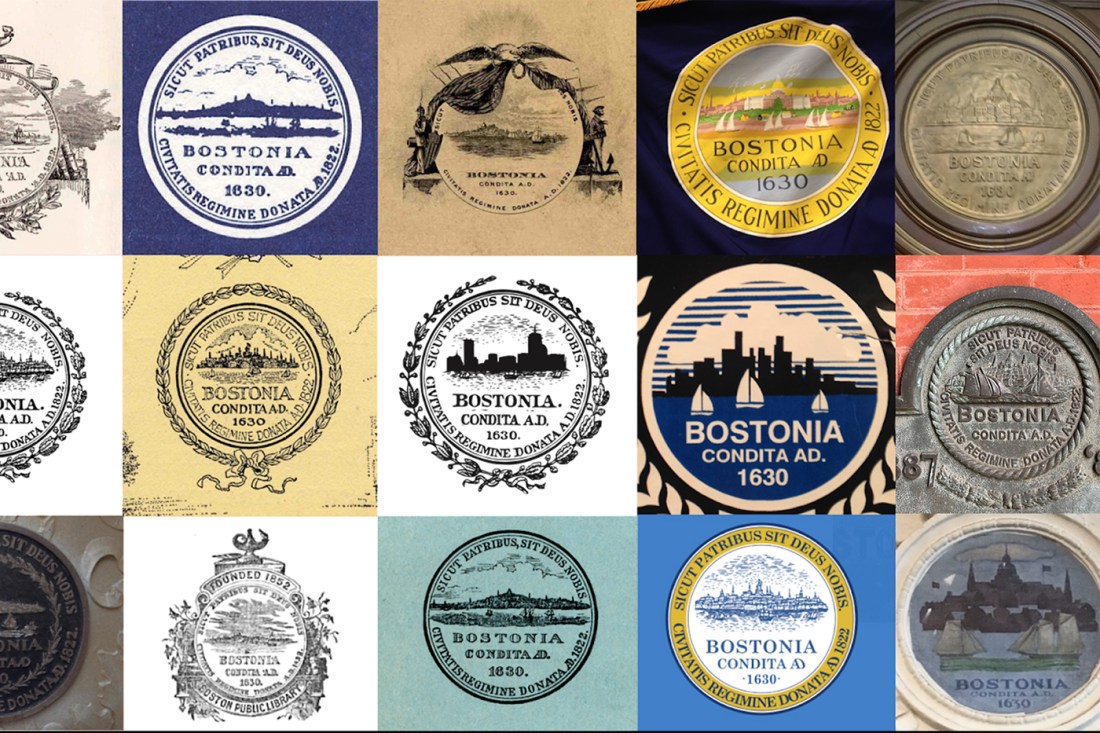
It’s easy to take a city seal for granted when the place you probably see it the most is on your trash bin. But look closer and you’ll notice it’s been stitched into the very fabric of where you live, sometimes for over a century.
It goes some way toward explaining why changing these civic symbols has become so contentious in communities across the country. As local governments have taken steps in recent years to reevaluate their history and how best to represent their communities through a symbol like a city seal, those tensions have bubbled to the surface.
What does it take to navigate through all the potential pitfalls of a design process where every citizen is a critic and where the end result will be on every sidewalk, government building and, yes, trash bin?
For designer Sebastian Ellington Flying Eagle Ebarb, who has helped redesign several city seals, including for Newton, Massachusetts, the answer is to take the “i” out of design and refocus on “we.”
“It starts with listening,” says Ebarb, a Boston-based designer and associate teaching professor of design at Northeastern University. “You’re getting pulled in a lot of directions, so my job is to come in and listen to all that, see what’s useful and try to move forward. … Not everyone’s going to be happy, but we will get to a great solution.”
Ebarb’s pay-what-you-can design studio, Nahi, approaches designing for their clients, many of whom are indigenous, in a highly collaborative way. The idea, one that he now passes on to his students and the next generation of designers, is to use design as a tool for empowering communities and people.
It’s especially important in what Ebarb calls “gov design,” where the end result is a truly public product that becomes an essential part of a city or town’s story.
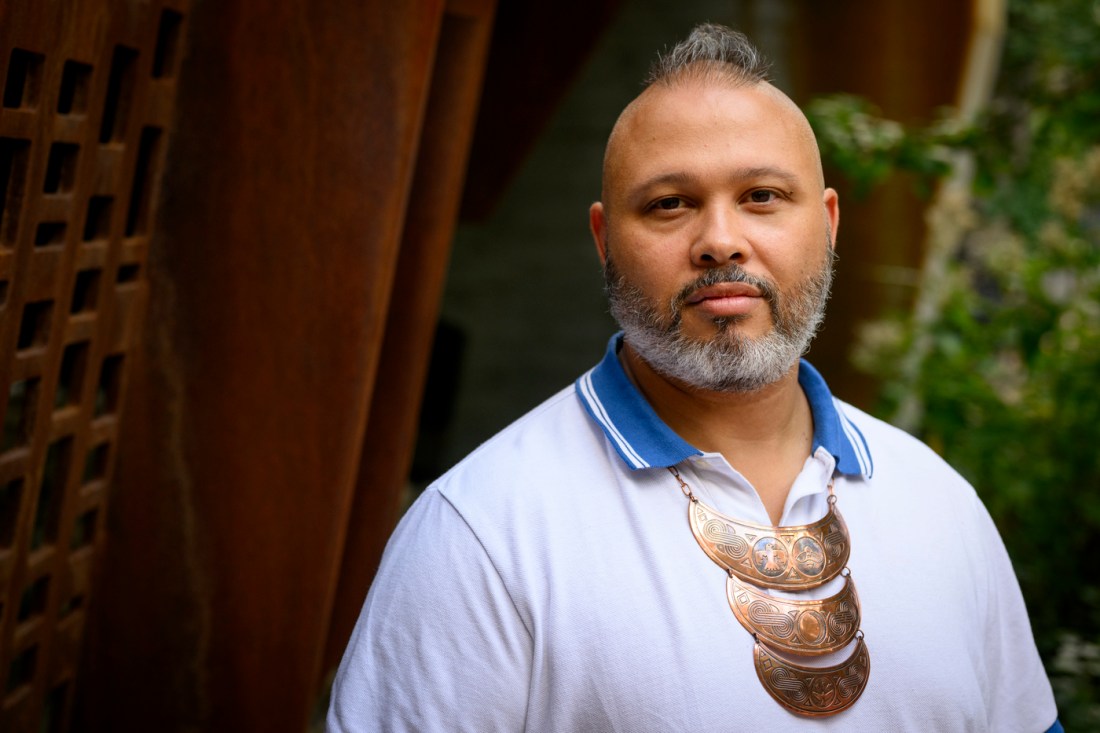
“We’re trying to become the personification of ‘we’ not ‘I,’” Ebarb says. “It can be really powerful for [the sense of] ownership of our clients to feel like they had a real hand in it.”
Ebarb first entered the world of “gov design” when he became the lead designer for the city of Boston, a position that didn’t exist prior to him taking the role. His team redesigned the city’s website, created messaging during the COVID-19 pandemic and also helped smooth the process of getting digital birth or death certificates.
“[Some people] feel like design is a frivolous thing in gov,” he says. “But nobody stops to think, ‘The parking ticket app I just used was really easy to use, and I got in and out of there really quickly.’”
Working for any client requires both designing and navigating the complexities of a designer-client relationship. However, working on civic projects, especially something as forward-facing as a city seal redesign, brings another level of sensitivity, Ebarb explains. Redesigning a city seal often involves getting input from the community. It’s invaluable but also exposes just how many perspectives there are about a single issue — and how many people there are to make happy.
However, it becomes particularly complex in some of the New England towns and cities Ebarb has worked for where city seals have historically depicted history in a very specific way. Newton’s old town seal, for example, was an image of missionary John Eliot preaching to a group of seated indigenous people.
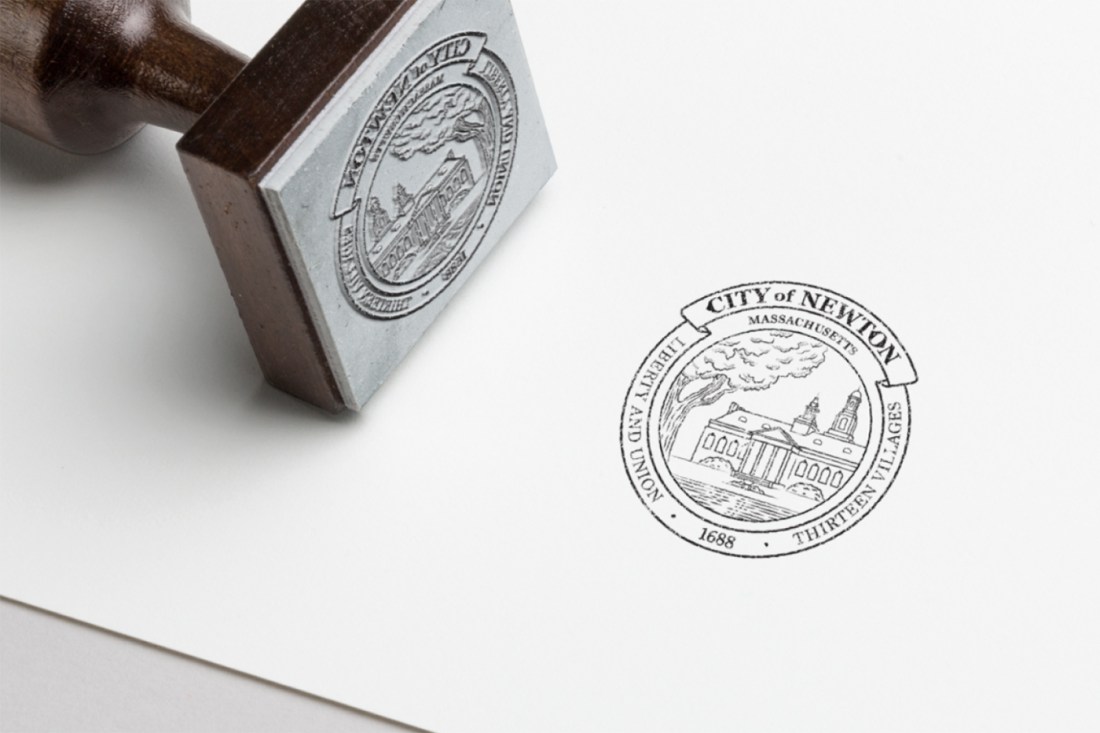
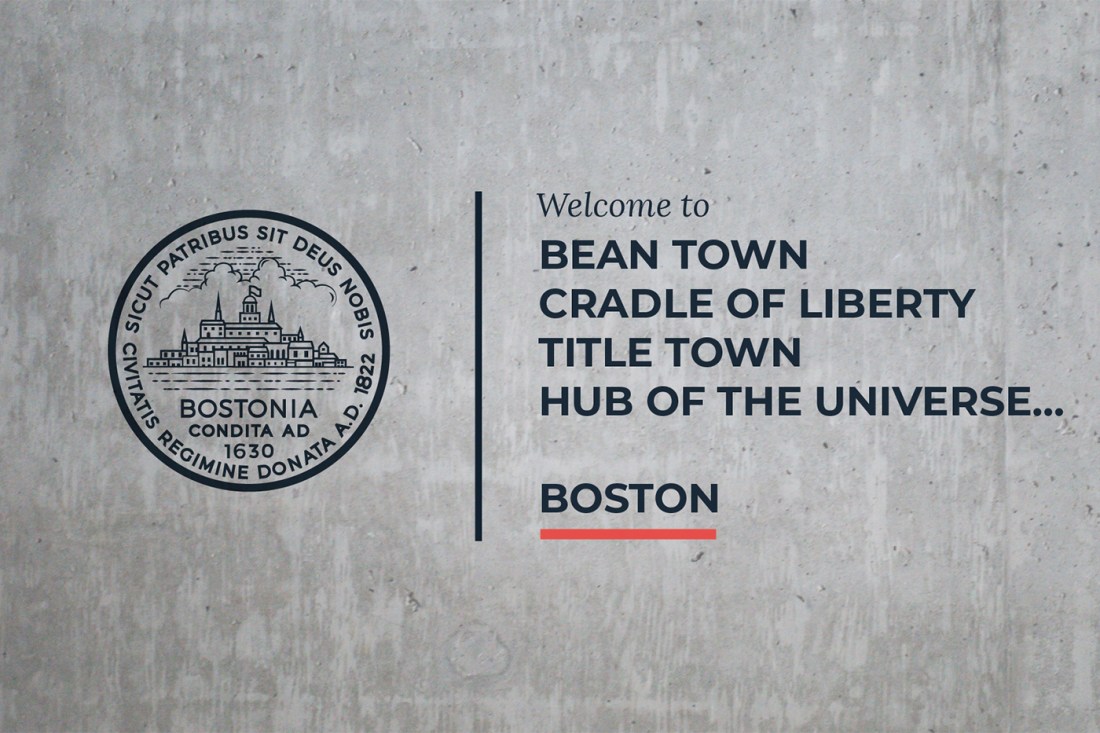
Now, most municipalities that decide to redesign their seals, including Newton, opt to move away from depicting people in favor of a specific landmark or something in nature, Ebarb says. It’s an attempt to move toward a design that will, hopefully, stand the test of time.
Redesigning something like that requires getting input from indigenous tribes in the area, something Ebarb, a member of the Choctaw-Apache Tribe of Ebarb, has emphasized in his design practice. Those conversations reveal an uncomfortable truth for local governments: Indigenous people are not a monolith.
“We often get very mixed signals from indigenous people sometimes, and that’s one of the hardest things for me because I want to do right by our communities but not every community agrees,” Ebarb says.
Ebarb’s heritage is woven directly into his practice. His design work has also helped him explore his roots in ways that he otherwise might not have.
The Choctaw-Apache Tribe of Ebarb is a state-recognized tribe in Louisiana that includes descendants of the Choctaw and Lipan Apache people. However, raised by two Brooklyn artists — his father is Choctaw-Apache, his mother was Black — Ebarb grew up far from his tribe.
Editor’s Picks
Despite his parents taking him to powwows and Manhattan’s American Indian Community House and phone calls with his relatives, Ebarb felt self-conscious about the stretched tether that was his connection to the Choctaw-Apache. He didn’t “want to be considered fake.”
“We are not the only tribe that’s experiencing this,” Ebarb says. “Tons of tribes have had lots of members relocated to cities or other localities for some good reasons, some bad reasons. This is something that we all face.”
However, Ebarb’s design work has, in its own way, helped him explore his identity and his personal connection to his heritage. Working for other clients from other tribes has forced him to explore their symbols and imagery and what is authentic — or sometimes not authentic — to their culture and specific design needs.
“If anything, it strengthens my identity because it allows me to say, ‘This is here. This is me. This is my tribe. And this is elsewhere,’” he says. “It has greatly informed the way that I move forward and the way that I work sometimes in ways that I know and sometimes in ways that I don’t.”
Now, his connection seems a little less distant. In addition to his work with Nahi, Ebarb runs his tribe’s website and helps moderate its Facebook group, an essential way for members to communicate even if they’re off the reservation. He’s also working on a digital database where tribal members can catalog artifacts and knowledge.
This might seem like personal work, but Ebarb says it’s all part of the same mission: to understand and explore the power of design, in all its forms. A city seal might start as an image on Ebarb’s laptop, but out in the world, it becomes something much more powerful.
“I’m not sure design will save the world, but I certainly think it can help the world,” Ebarb. “For me, symbols are incredibly powerful. … They can inspire people to do amazing things and also terrible things. The bigger question to me is not are symbols important? The answer is yes. The question is how do we use them in a way that can do good in the world.”







